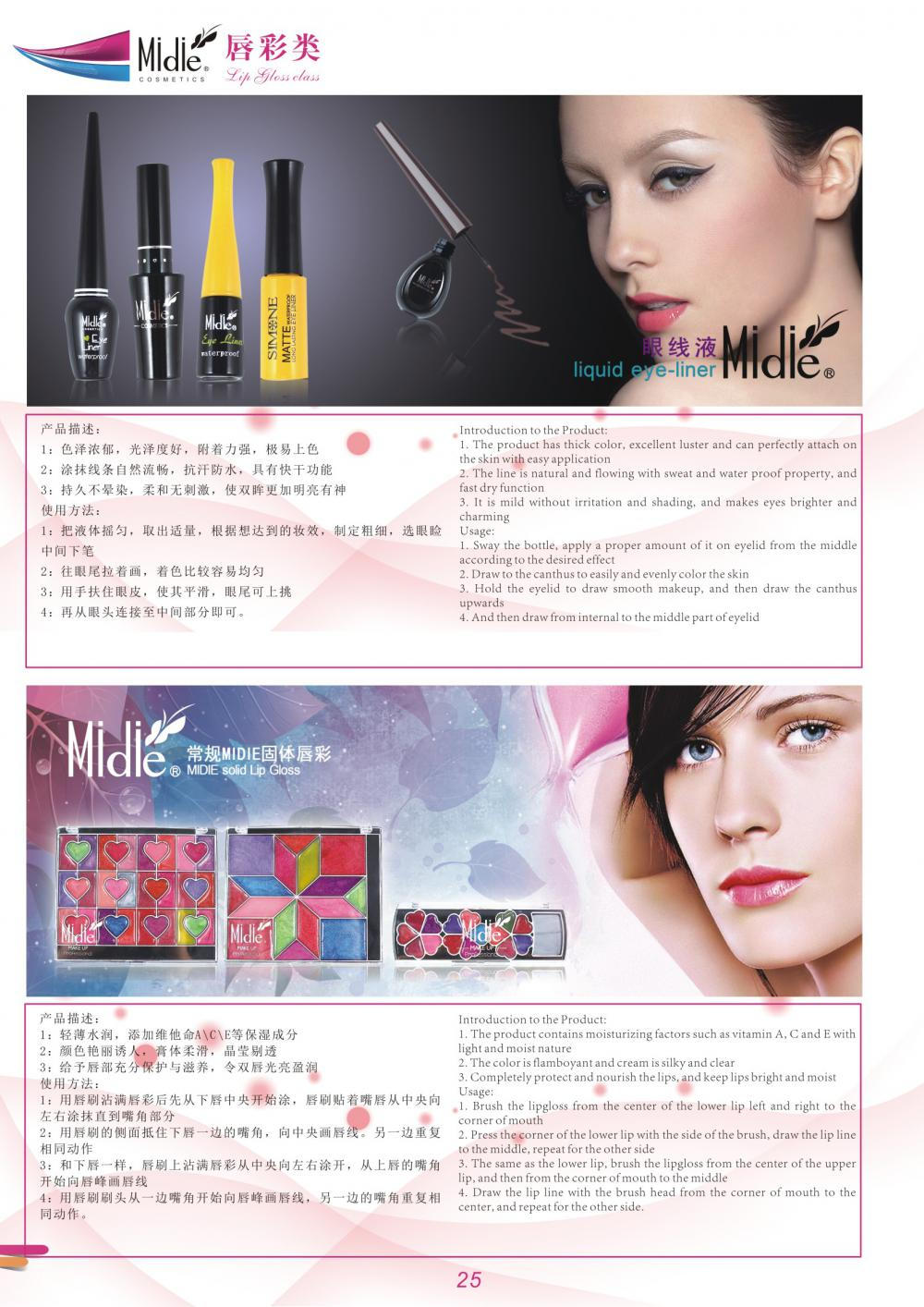3 System Software Design
System software can be roughly divided into two parts: the main program of color registration and the CAN transmission subroutine. The main contents of the color code main program are: initialization program, color code signal acquisition, query, calculation speed, error and correction amount, start motor correction error, the process shown in Figure 5.
Nmousewheel="return bbimg(this)" height="381" src="" class="lazy" original="" width="211" onload="javascript:resizepic(this)" border="0" alt=" "/>
The CAN transmission subroutine mainly transmits the data of the lower computer to the upper computer and the data of the upper computer to the corresponding lower computer. Four CAN mailboxes will be used in each DSP subsystem, two of which will send mailboxes txbox1 and txbox2, and two will receive mailboxes rxbox1 and rxbox2. The main function of sending the mailbox txbox1 is to send a set of specific data to other subsystems in advance when this subsystem will send data to the upper computer, prohibiting the subsystem from sending data in the sending data by other subsystems so as to avoid causing the upper computer to receive data. The data is confusing. The method to achieve is:
Set the sending mailbox txbox1 of all subsystems and the mailbox identifier MSGID of the receiving mailbox rxbox1 to be the same (the receiving mailbox will only receive the data sent by the sending mailbox that matches its own identifier); after the subsystem completes the loading of the transmission data, first Query the bus status bit stats (stats is a variable defined by the program, 0 represents CAN bus idle, 1 represents CAN bus busy), if 0, then a set of specific data is sent from tx-box1 (can be "1111" ), after receiving the data, other subsystems will set their own bus status bit stats, and then txbox2 send the data to be transmitted one by one to the host computer. After the completion, txbox1 will send another set of specific data (such as “2222â€). ), other subsystems will set their own stats bit to 0 after receiving. The subsystem first checks the stats bit before sending data, and waits until it is. Only when the data is sent to the upper computer, the flow of the CAN data transmission program is shown in Fig. 6. The subsystem receiving the data transmitted by the upper computer is correspondingly simple. Each subsystem's txbox2 and rxbox2 have their own specific mailbox identifiers (the specific mailbox identifier must be different for each subsystem in the large system). As long as the machine will be the target subsystem's mailbox identifier, write their own mailbox identifier, you can send the data to the next machine, the host computer receives the data, but also through the mailbox identifier to determine which data is Transmitted by the subsystem.
4 Conclusion
The designed printing registration system introduces the efficient and reliable DSP chip TMS320lf2407 as the printing registration control chip, and uses its integrated CAN module to communicate with the host computer. Compared with the traditional SCM control system, both in terms of performance and reliability. A big step forward. The number of nodes on the CAN can reach 110, which provides great convenience for future system upgrades. For systems that previously used RS232 communication to expand the subsystems, the number of serial port cards of the host computer must be extended on the hardware. , The process is complex; After adopting CAN bus, the extension subsystem just assigns a new mailbox identifier of the extended subsystem to the software, and the whole system can operate normally. This automatic overprinting system has been tested and tested. The test shows that the system can be applied to any gravure printing machine that can manually register without adding any additional equipment. Even if the automatic control system is not used, the overprinting error can still be maintained in the original labor. The best level of overprinting. The printing speed can be increased to the mechanical upper limit or the upper limit of the ink drying speed, so the system will have a good application prospect.
Mascara is used to darken, lengthen, thicken, or draw attention to the eyelashes. It is available in natural colors such as brown and black, but also comes in bolder colors such as blue, pink, or purple. Some mascaras also include glitter flecks. There are many different formulas, including waterproof versions for those prone to allerqies or sudden tears. It is often used after an eyelash curler and mascara primer. Many mascaras now have certain components intended.
Makeup was considered unsightly and uncouth in Western culture until the Victorian era. During the Victorian era, social opinion shifted radically towards the promotion of cosmetics, and women were known to spend a majority of their day occupied with beauty regimens. Great efforts were made to create the illusion of long, dark eyelashes.Attempting this, Victorian women made a type of mascara in their own homes.They would heat a mixture of ash or lampblack and elderberry juice on a plate and apply the heated mixture to their eyelashes.
The product that people would recognize as mascara today did not develop until the nineteenth century. A chemist named developed a cosmetic using the newly invented petroleum jelly. The name Rimmel became synonymous with the substance and still translates to [mascara" in the Portuguese, Spanish, Greek, Turkish, Romanian, and Persian languages today.

Mascara
Waterproof Mascara, Non-Smudge Mascara, Lengthening Mascara, Thickening Mascara, Volumizing Mascara, Curling Mascara
Zhejiang Zhongyimei Industry Co., Ltd , http://www.queeeny.com